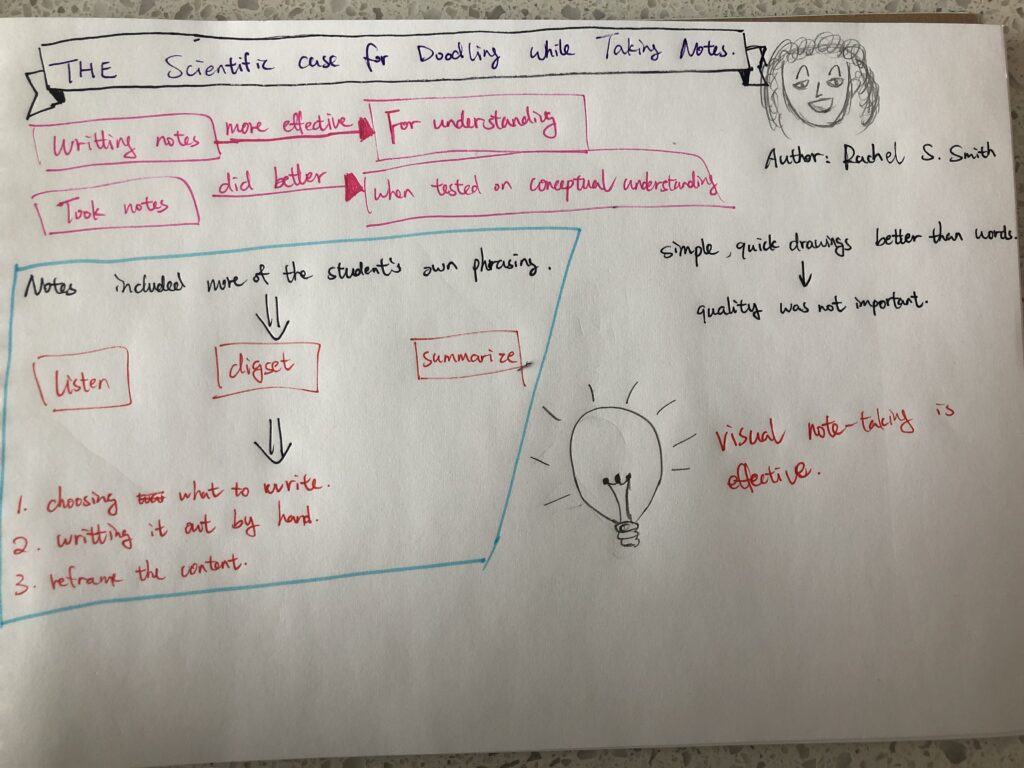Documented lesson plan for our multimedia project:
Lesson Plan:
This course will introduce the step of a classical Chinese meal. It will include one main dish and two side dishes as examples to give students an understanding of Chinese food culture.
Menu:
•-Beijing Bean Sauce Fried Noodles
•-Spicy and sour chicken feet
•-Mapo Tofu
Learning Outcomes:
By the end of this course, students should be able to:
•Remember the order of each step
•Know the spices needed for each dish
•Know the amount of spices to use
•Able to try three dishes on their own
Design Process:
Before we started the project, we had thought about lots of dishes. We want to introduce some dishes that are not too hard and could represent Chinese food culture. We think spicy food is the most popular food in China. Therefore, we choose these three dishes.
Multimedia Content:
We create a slide first. The slide includes the course plan, learning outcomes, and all the step of the meal.
Multimedia Principle and learning theories:
Coherence principle: We keep all the words simple and short. And the introduction follows the step-by-step process that starts with the preparation of ingredients. We didn’t narrative our slide because we think when people are trying to learn a new dish, the narrative will divert their attention from the slide. So, there is no extra cognitive load when learners review the slide.
Contiguity principle: We put the ingredient photo and the dish photo in the slide. Some ingredients and sauce make people confuse. So the photo lets learners know what the ingredient looks like. All the photo is relevant with each dishes and near each other.
Segmenting principle: We break the ingredient the procedure into the different page that learners could stop and remember the information.
Worked Example principle: All the photos are taken by ourselves.
Also, we record the process of cooking. All the step are indicated clear.
Multimedia Principle and learning theories:
Our videos can teach you to step by step how to cook. The videos are complete following multimedia principles in order to achieve our learning outcomes.
Signaling Principle – there are clear signals in the video to let the learner know if they are moving on to the next topic. We use different transitions and eye-catching text to remind learners of each topic.
The Spatial Contiguity Principle – learners can easily process information when text and images are presented together. Learners can easily remember how to perform each step.
The Coherence Principle – The video is free of extraneous material so that the learner learns more effectively. We have not added music to the video as a background sound, since we feel that the simpler the visual and auditory effects, the better the attention span of the students.
Worked Example Principle – In the video, we cook the meal by ourselves to show the procedure. This includes clips of the cooking used in the video as well as pictures of the actual operation.


